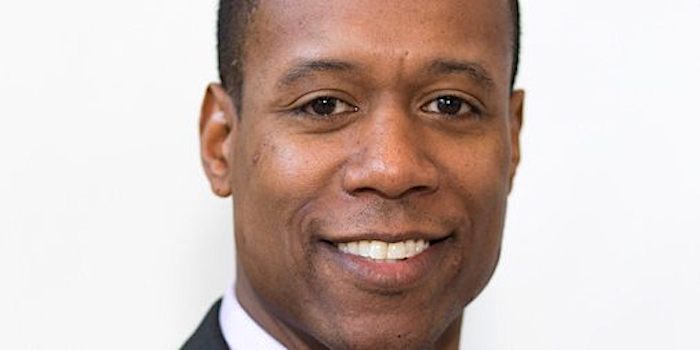Technology has enabled some big winners in the world of commerce. The five largest U.S. companies by market cap – Apple, Microsoft, Amazon, Google, and Facebook – have a combined value of $6.5 trillion and annual earnings of $144 billion. These companies, and others like them, have achieved impressive growth and captured incredible market share.
But for how long will that growth persist? Widening gaps in wealth and income related to race, class, gender and geography are threatening to shrink the U.S. consumer base. They will eventually constrain the growth of high-value sectors, which in many ways have become more dependent on market size than penetration to extend their gains.
Corporations need to respond with investment strategies that promote economic opportunities in disinvested communities and among underserved populations if they want to support a stronger and larger marketplace for the future.
This is not charity. Given macroeconomic trends, it is just sound business planning. Consumers, in general, are already over-leveraged, with U.S. consumer debt at an all-time high in 2019. And our middle class continues to shrink, as it has with each successive generation since the baby boom, especially given rising costs related to housing and health care.
And all of that was before COVID-19.
As a result, we are likely to see fewer and fewer households with the disposable income to participate in what has been, for years, the most profitable consumer market in the world.
From a business perspective, this is a systemic risk much like climate change. Two decades ago, most CEOs could not imagine making strategic decisions that factor in global warming and carbon footprints. Today, they are increasingly clear about the real business impact of environmental issues, so much so that many of their boards now require an investment strategy that takes those issues explicitly into consideration.
Investing to close wealth gaps
We need to build that same kind of awareness and planning around income and wealth gaps – and we can’t afford to wait 20 years to realize it. Since 2000, racial gaps have cost the U.S. economy $16 trillion, according to a Citi analysis. Race-based disparities in education, underinvestment in local businesses and infrastructure, and a lack of affordable housing have all contributed to deepening levels of inequality.
The human cost of those gaps is staggering, and their risk to businesses is growing as well. White families now own 10 times the wealth of Black families—this, as the U.S. shifts toward a majority-minority population by mid-century. The deep damage inflicted by racial gaps will increasingly impact the level of economic opportunity in the U.S. and, consequently, the disposable income necessary to provide a healthy consumer base.
More recently, a small but growing cohort of corporations have made it a priority to fight these inequities as part of their investment strategies. Netflix, for instance, announced a commitment this summer to steer 2% of its investments to Black-owned financial institutions and businesses, both directly and through the Black Economic Development Fund. It not only put its own skin in the game, pledging equity rather than debt to these efforts, but it leveraged its brand identity as a call to action to others.
Square recently announced a similar 3% commitment, and Costco is investing in racial equity as well.
My own organization, a national community development financial institution (CDFI), already invests in underserved populations and communities as part of our normal activity (including managing the Black Economic Development Fund). But even as a nonprofit, we have directed a portion of our investable assets to further address wealth gaps, most recently committing to the Fearless Fund, which provides venture capital to businesses owned by women of color.
It all points to a different kind of market-making that directly responds to the needs of investors, consumers and communities. These corporate investment dollars could generate larger short-term financial gains through conventional funds and instruments. Instead, these investors are taking a longer-term view to make investments that will support the growth and repair of the middle class and ensure future consumers for their businesses.
We need more of that kind of thinking and investing. Our country cannot continue to breeze past the costs of inequality as if they are somehow separate from questions of capital access or business risk. It’s time to choose the kind of growth that dismantles racism, shores up climate solutions and expands incomes. It is good for American businesses and the country as a whole.
George Ashton is managing director of strategic investments at the Local Initiatives Support Corporation (LISC).











